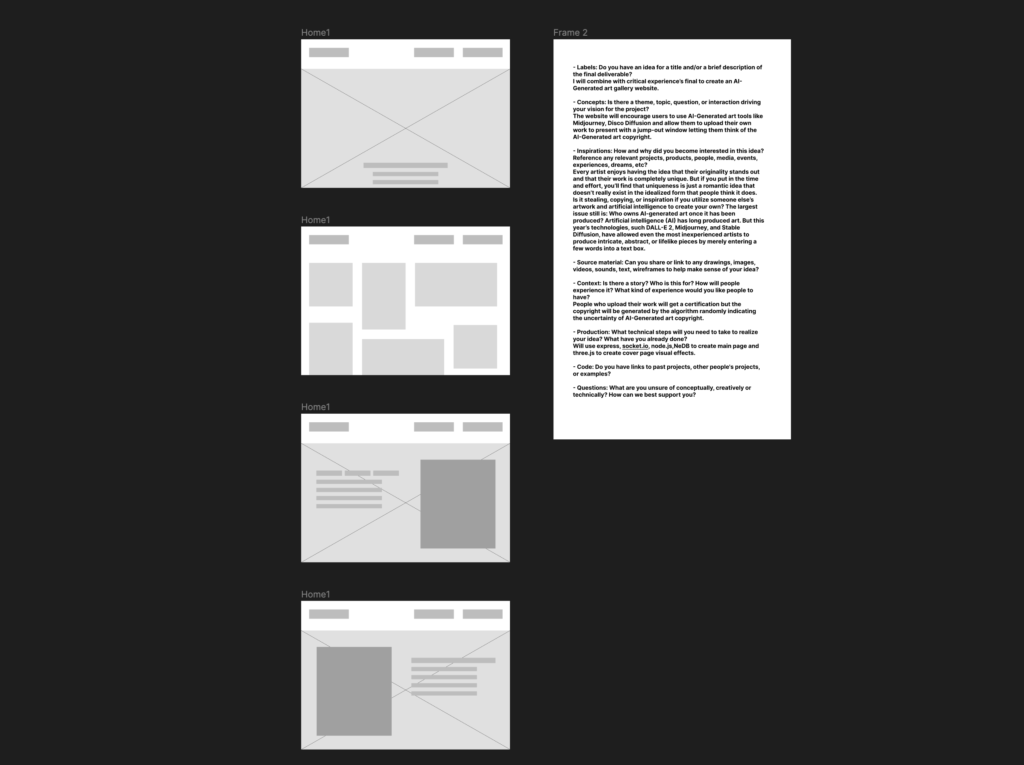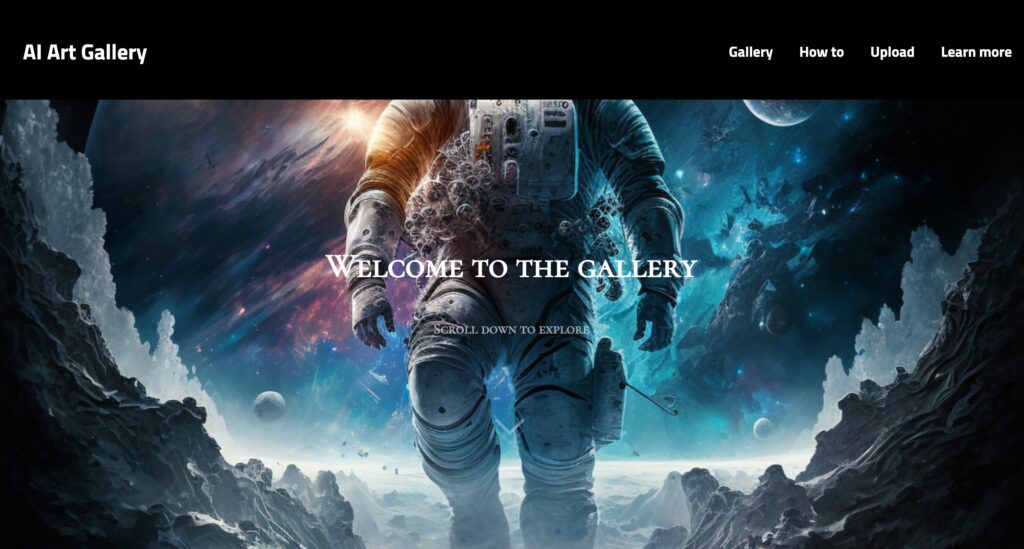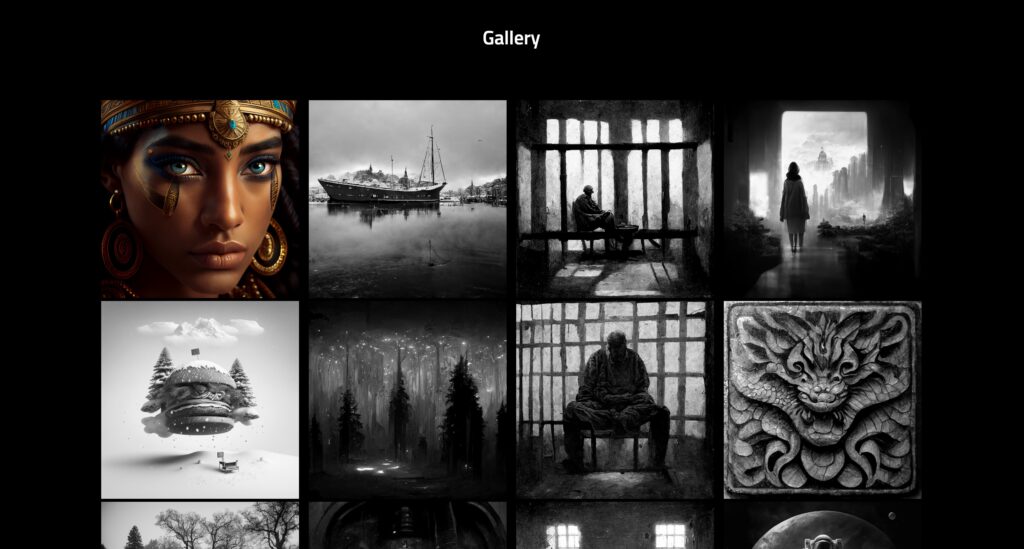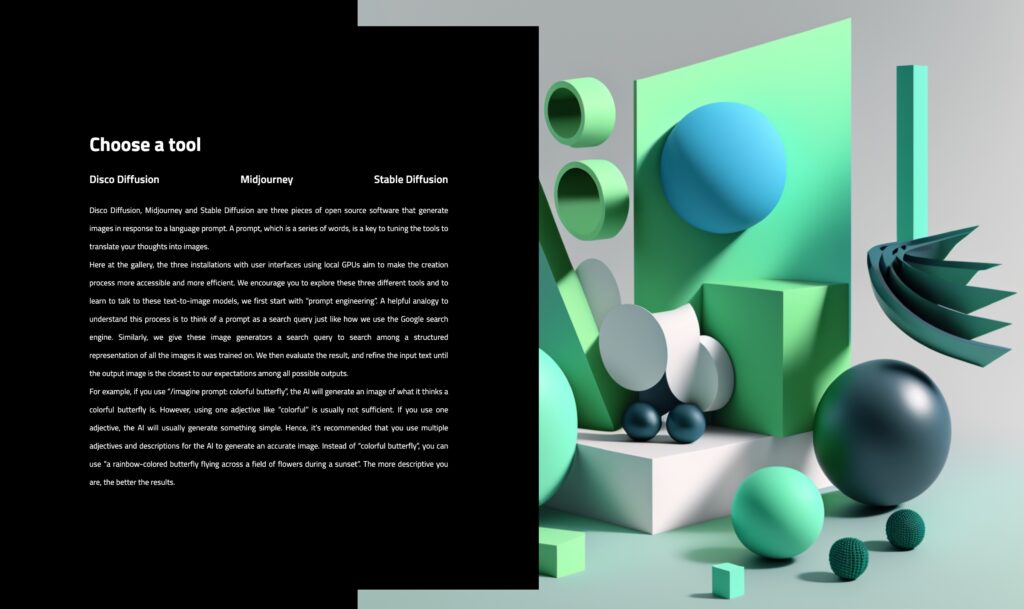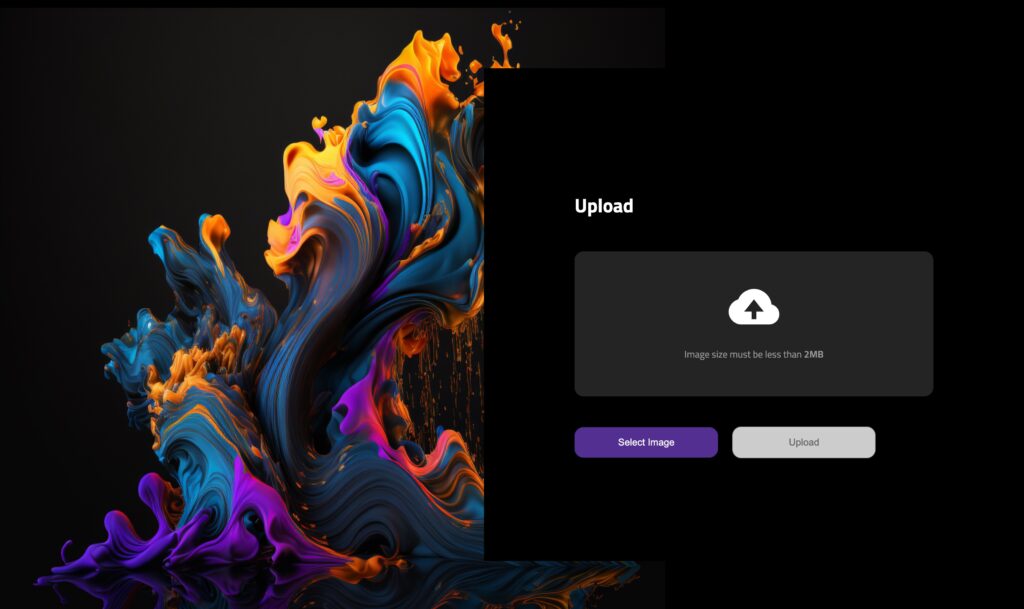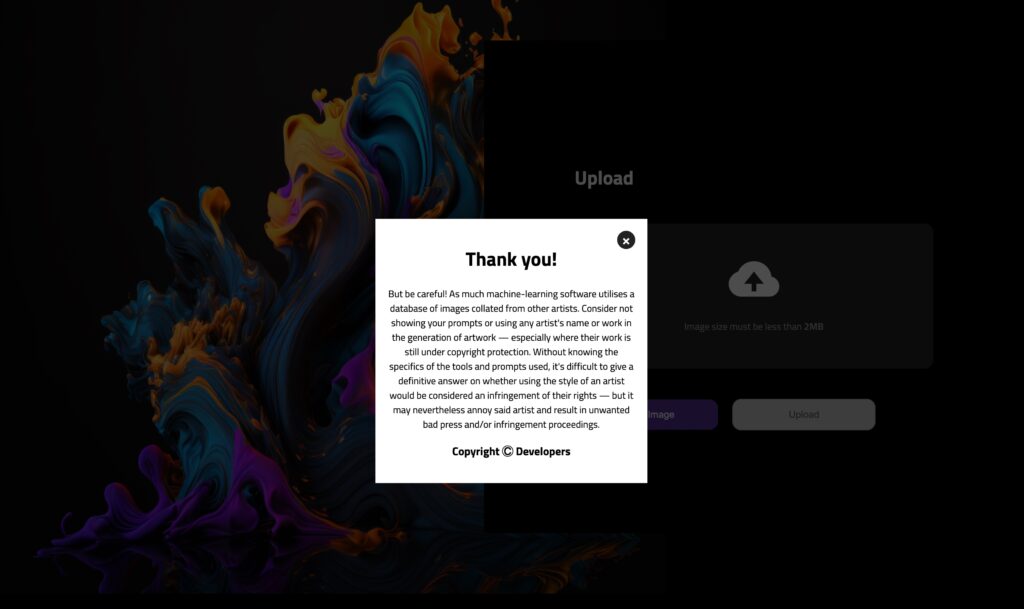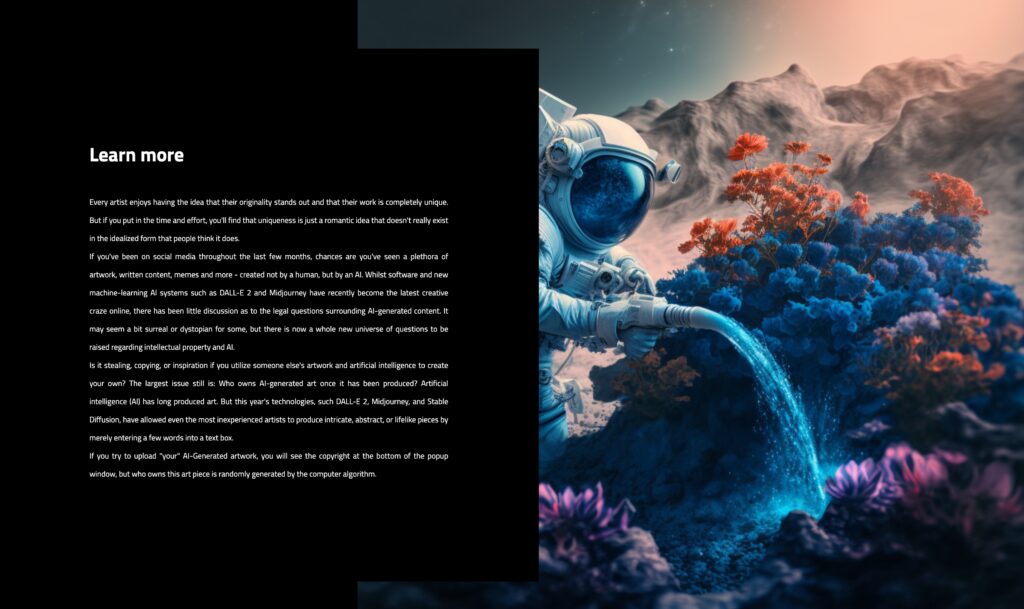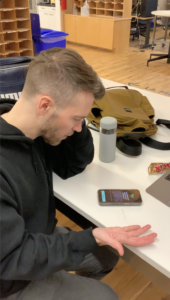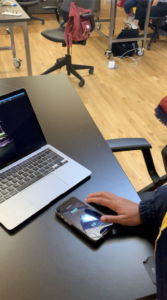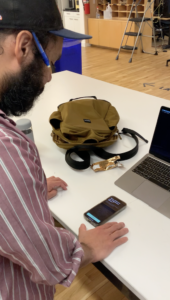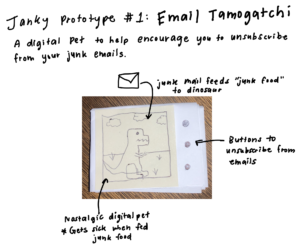Final Project & Reflection
Final Project Presentation & Documentation:
https://drive.google.com/file/d/1c6xCkfs857qJss282j3X59i0JpGCZ8Em/view?usp=sharing
Reflection:
- What did you learn?
I learnt a systematic approach to convey your idea to the target audience, including both research and experimentation. Also, it is always excited to see projects and artworks from the class and the cohort and got inspiration from them.
- What feedback did you receive? Any reflections on critique itself?
I received the feedback from Sarah that – what kind of broader goals this can fit within. It really triggered my thinking about how to balance providing solution and expressing attitude/opinion. I might be confused between “useful” and “realistic” in the project.
- What might you do differently in terms of process or content?
I might provide “solution” in a different way with a more critical and discerning tone.
- What was inspiring? What parts?
The whole course is inspiring to me, especially the exercises of “daily practice” and “junky prototype”. These two helped me to get new ideas and inspirations.
- How did you balance research and experimentation? Which is easier for you? How can you focus more on the areas that you shy away from?
Neither research nor experimentation is easy for me in the project. Daily Practice can help generate new ideas and desktop research can help think deeply.


